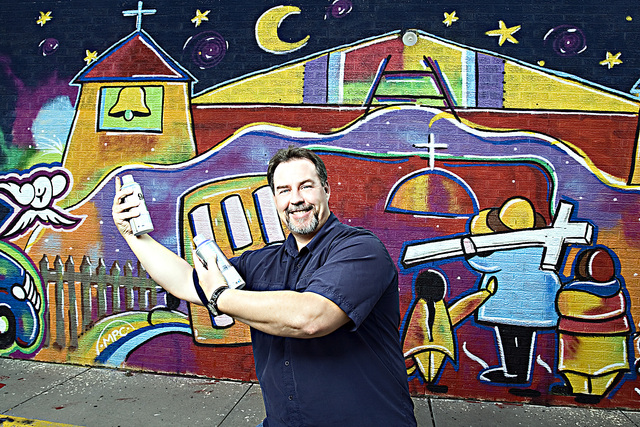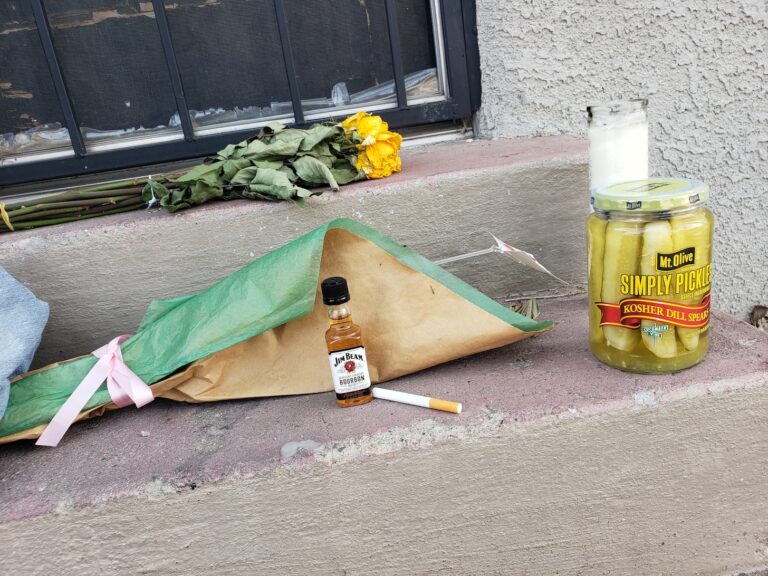Zoning Official Alters The International District With A Spray Can
Zoning Official Uses Graffiti To Alter The Urban Landscape—And Perceptions

Latest Article|September 3, 2020|Free
::Making Grown Men Cry Since 1992



